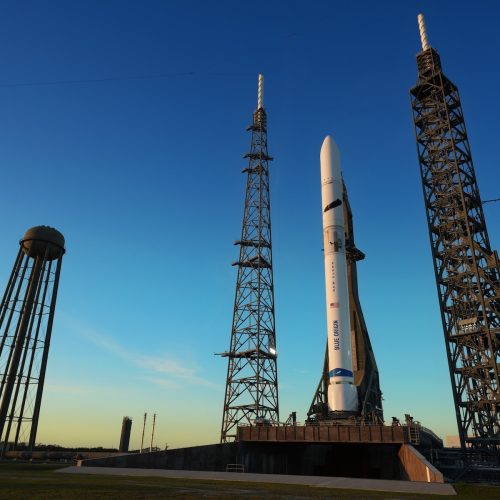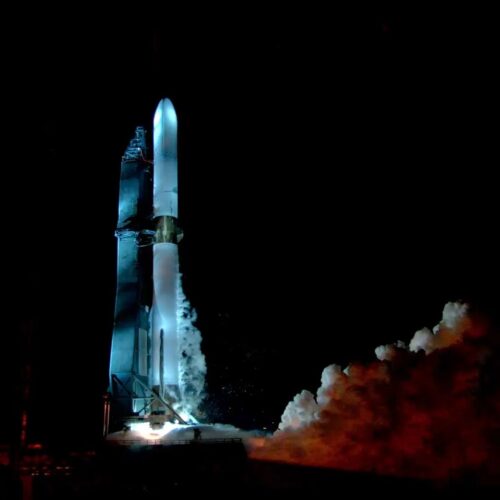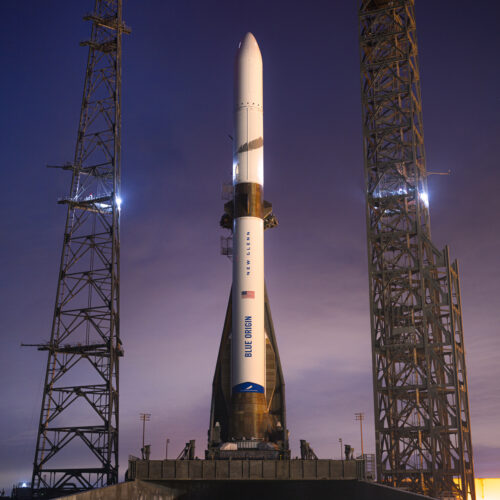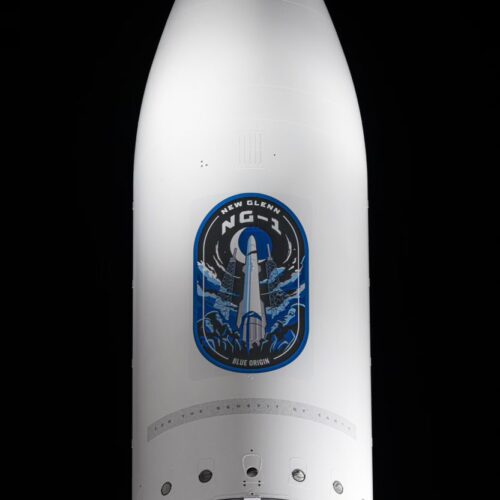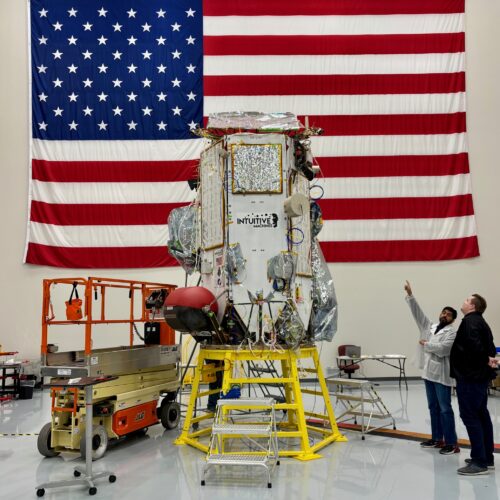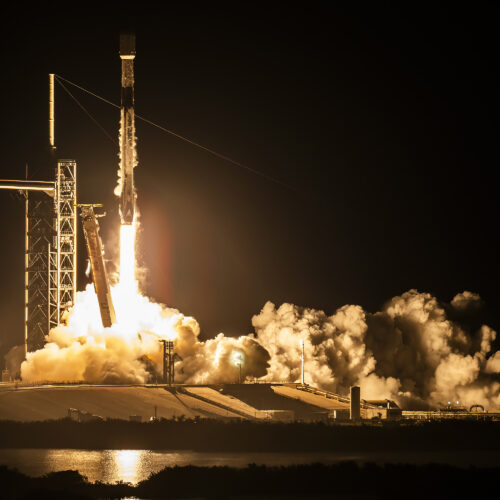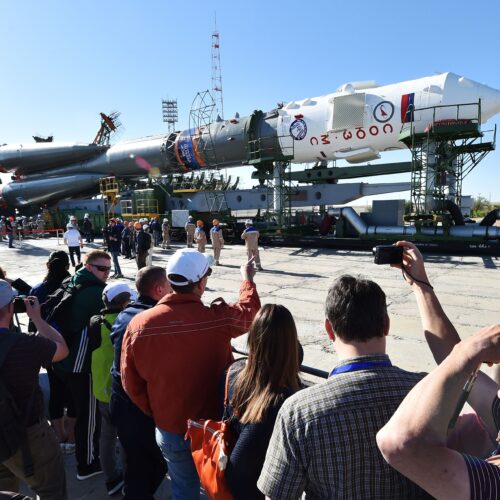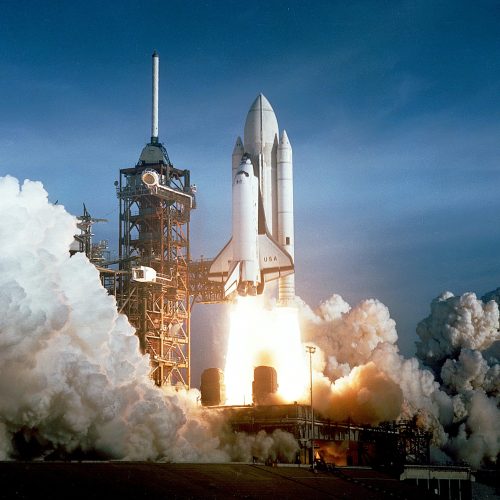A NASA astronaut may have just taken the best photo from space—ever
People who appreciate good astrophotography will no doubt be familiar with the work of Don Pettit, a veteran NASA astronaut who is closing in on having lived 500 days of his life in space.
Pettit is now in the midst of his third stint on the International Space Station, and the decade he had to prepare for his current stay in orbit was put to good use. Accordingly, he is well stocked on cameras, lenses, and plans to make the most of six months in space to observe the planets and heavens from an incredible vantage point.
Ars has previously written admiringly of Pettit's work, but his latest image deserves additional mention. When I first saw it, I was dazzled by its beauty. But when I looked further into the image, there were just so many amazing details to be found.


© Don Pettit/NASA

